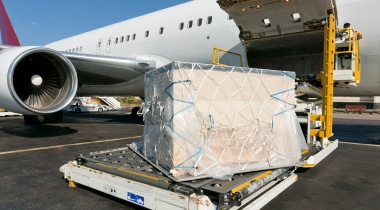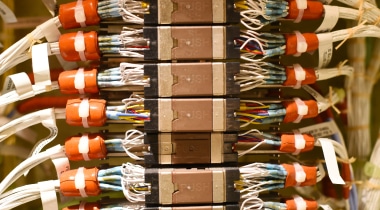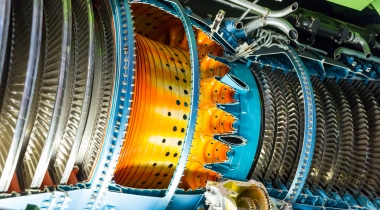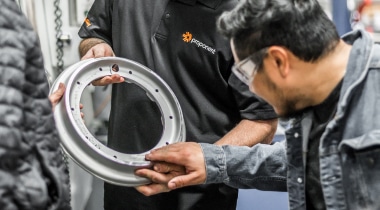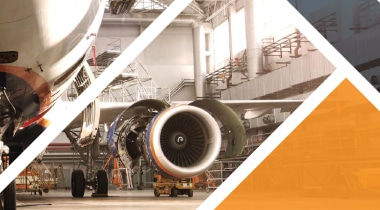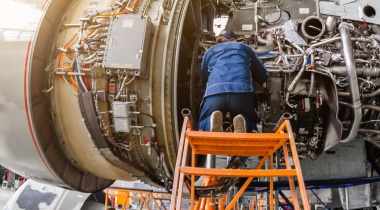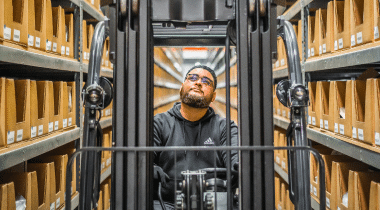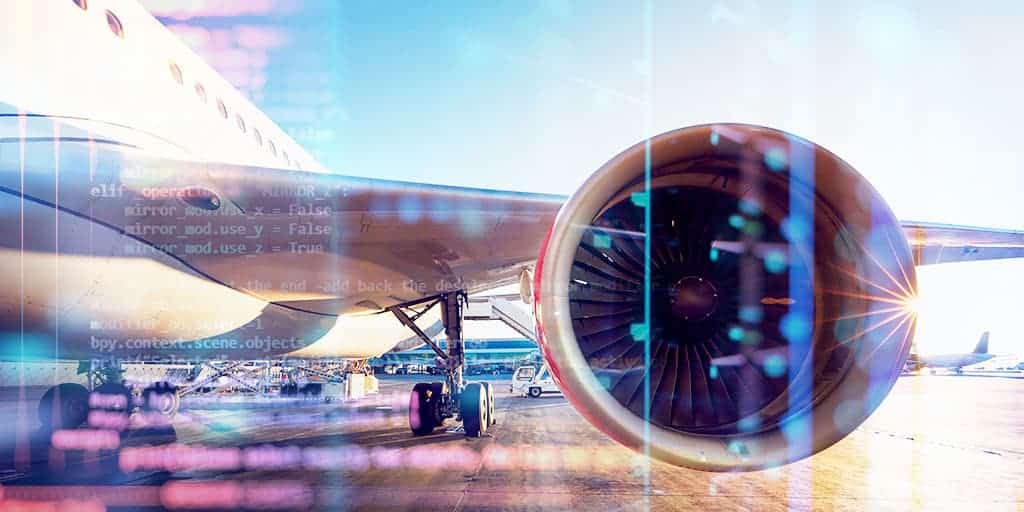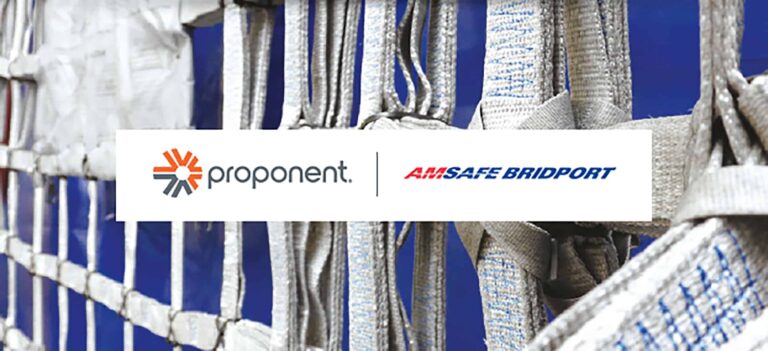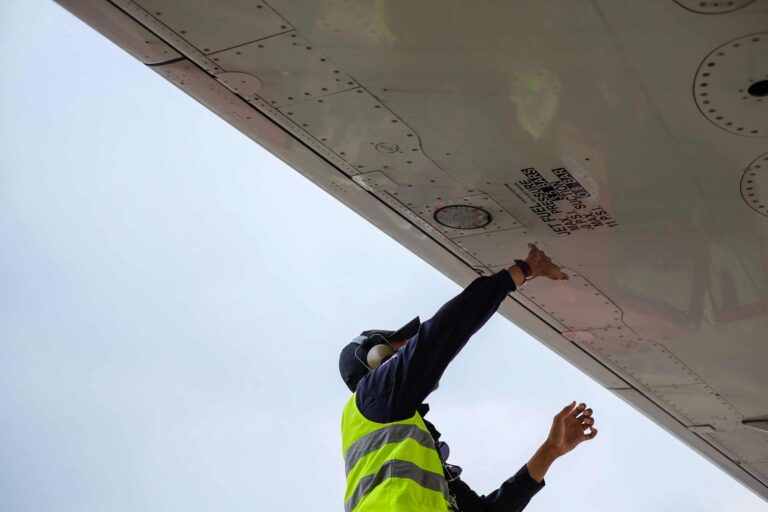In the past few years, “predictive analytics” has become something of a buzzword in the aerospace community. It shows up a lot more on websites, being touted as a strength. But, if you press beyond a surface-level conversation, it’s clear that many companies can’t tell you much beyond the fact that it will help your business. And if you really want to throw someone for a loop, ask them what prescriptive maintenance is and how it’s different. Whichever side of an awkward conversation you’ve been on, we’re here to help with a breakdown of what predictive analytics means, what prescriptive analytics means and how they are different.
What Is Predictive Analytics?
The aim of predictive analytics is to detect problems before they even occur using statistics and modeling. Predictive analytics are not meant to tell you what will happen in the future, it can only forecast what may happen in the future. With each generation of planes being more connected, it is easier than it’s ever been to gather large amounts of real-time performance data and compare it with historical data. With the right approach (and the right algorithm), this data can be analyzed to pick out the warning signs for potential component failure or other critical issues, before they happen. At its most basic, that process is what comprises predictive analytics. But that process relies on two important analytic capabilities:
- Descriptive analytics, which identifies that an event occurred, or the current state
- Diagnostic analytics, which determines why the event occurred
Predictive analytics accomplishes its name, it predicts. And accurately predicting upcoming faults or failures leads to more timely maintenance. Crucial checks and solutions can be applied before an issue becomes hazardous, which means maintenance cost reductions, better reliability of components, lower inventory requirements, and shorter maintenance turn times. In short, predictive analytics are aviation’s new best friend. But there’s more.
What Is Prescriptive Analytics?
Prescriptive analytics takes predictive analytics one step further by offering specific and actionable next steps for how to solve the issues brought up in the predictive data analysis. While predictive analytics can tell you what will happen, when it will happen, and why, prescriptive analytics applies many layers of machine learning to suggest options for taking advantage of future opportunities or mitigating future risks and the potential outcomes of each decision option. Prescriptive analytics can optimize the processes and for a better future outcome.
Prescriptive analytics provides such robust information by processing hybrid data, including structured (categories and numbers) and unstructured data (images, videos, texts, and sounds), and business rules. The analytics programs are always AI-powered, which means that they are always taking in new data to produce more accurate predictions and more well-defined decision options. Using neural networks of machine learning, multiple algorithms can be studied, combined, and improved on to get the best possible data. This means that prescriptive analytics can sort, analyze, learn from, and build on data more efficiently than a human mind.
So, the difference between predictive analytics and prescriptive analytics is the outcome of the analysis. Predictive analytics provides you with the raw material for making informed decisions, while prescriptive analytics provides you with data-backed decision options that you can weigh against one another. They are both good options, but prescriptive maintenance is the more ideal solution for wringing the most value out of the trillions of lines of data that the aviation industry produces every day. And using them together can paint an even clearer picture.
While predictive analytics can find a specific issue that surfaces after a certain number of miles, prescriptive analytics can tell the story of what is causing that issue, and how to fix it for future aircraft models. If issues are not only identified, but also solved, AOG time and maintenance costs can be reduced, while reliability and efficiency are improved. Prescriptive analysis is the finishing touch to the predictive analysis of any business.
How Is Data Analytics Being Used in Aviation?
Only a few years ago, predictive analytics and prescriptive analytics were still fairly cutting-edge concepts, but in late 2018, aviation data is big business.
Boeing has its AnalytX platform, providing predictive maintenance support as well as data-driven solutions for fleet scheduling, flight planning, and inventory management.
Airbus’s Skywise provides comprehensive analytics, including predictive maintenance support. An open data platform, Skywise intends to use its software to break down the industry silos that have isolated the data for aircraft monitoring and safety, flight management, maintenance, and other critical workflows. Predictive and prescriptive analytics together can not only save airline costs and headaches, but can potentially save lives as aircraft failures are reduced.
Many MROs are working with OEMs and airlines to create a greater flow of operational data to facilitate a system where predictive, scheduled maintenance is the norm – keeping the letters A, O, and G out of the vocabulary.
How Prescriptive and Predictive Analytics Can Change Aerospace
Prescriptive and predictive analytics can work hand in hand to accomplish the most beneficial results, and assist in gaining both insight and foresight. The real shift that needs to happen for prescriptive analytics to deliver on the promise of its capabilities is for aviation data to be more widely shared throughout the industry. Obviously, there are huge – and well-founded – security concerns surrounding data sharing, but when combined with a highly secure and deeply trackable technology like blockchain, prescriptive analytics could truly change the way the entire aviation industry operates, from manufacturing practices to scheduling maintenance, to the supply chain.
Related Articles
The Technologies Disrupting the Aerospace Industry in 2018
How Blockchain Technology Could Completely Change Aerospace
Technological Collaboration in Aerospace

